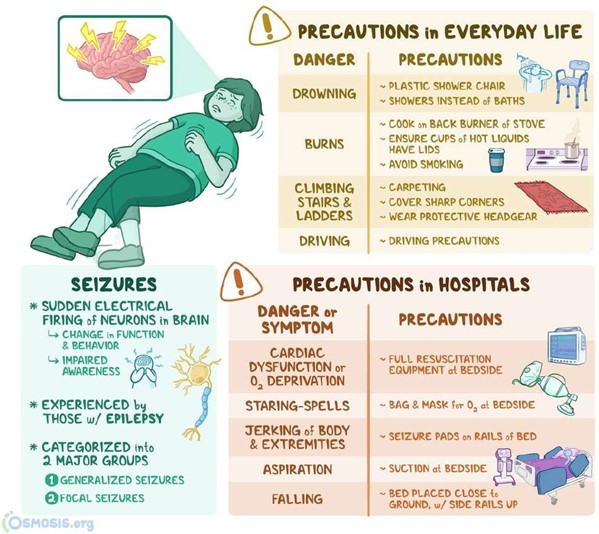A charge nurse is observing a conflict between two nurses who both insist that the charge nurse favors the other when making assignments.
Which of the following conflict-resolution strategies should the charge nurse use?
Encourage collaboration between the two nurses when making the assignments.
Tell the nurses that the assignments will be more equitable in the future.
Ask each nurse to take turns making the assignments.
Arrange for the nurses to have as few shifts together as possible.
The Correct Answer is A
This is because collaboration is one of the most effective conflict-resolution strategies in nursing, as it involves finding a mutually beneficial solution that satisfies both parties and improves the quality of care. Collaboration can also foster trust, respect, and teamwork among nurses, which can boost morale and efficiency.
Choice B is wrong because telling the nurses that the assignments will be more equitable in the future does not address the root cause of the conflict or involve the nurses in the decision-making process.
It also implies that the charge nurse admits to being unfair, which can damage their credibility and authority.
Choice C is wrong because asking each nurse to take turns making the assignments does not resolve the conflict, but rather avoids it. Avoidance is one of the least effective conflict management strategies in nursing, as it results in not addressing the issue or finding common ground.
Avoidance can also lead to resentment, frustration, and poor communication among nurses.
Choice D is wrong because arranging for the nurses to have as few shifts together as possible also does not resolve the conflict, but rather accommodates it. Accommodation is another ineffective conflict management strategy in nursing, as it involves giving in to one party’s demands or preferences at the expense of another’s.
Accommodation can also create a sense of inequality, injustice, and dissatisfaction among nurses.
Normal ranges for conflict-resolution strategies in nursing are not applicable, as different situations may require different approaches. However, some general guidelines are to use collaboration when both parties have important goals or interests, compromise when both parties have some common ground or willingness to give up something, competition when one party has a clear advantage or authority, avoidance when the conflict is trivial or temporary, and accommodation when one party values harmony or relationships more than their own goals or interests.
Nursing Test Bank
Naxlex Comprehensive Predictor Exams
Related Questions
Correct Answer is {"A":{"answers":"A"},"B":{"answers":"B"},"C":{"answers":"B"},"D":{"answers":"B"},"E":{"answers":"B"}}
Explanation
The correct answer is choice A. Applying warm compresses to the incision site is anticipated for the client, as it can help reduce swelling and pain.
The other choices are contraindicated for the following reasons:
- Choice B: Maintaining bed rest for 2 days postoperatively is contraindicated, as it can increase the risk of complications such as deep vein thrombosis, pulmonary embolism, and pneumonia. The client should be encouraged to ambulate as soon as possible after surgery.
- Choice C: Irrigating indwelling urinary catheter with 50 mL of normal saline is contraindicated, as it can introduce bacteria into the bladder and cause infection. The catheter should be kept patent and draining without irrigation unless there is a specific order from the provider.
- Choice D: Administering enema to relieve constipation is contraindicated, as it can increase the pressure in the pelvic area and cause bleeding or damage to the surgical site. The client should be given stool softeners and laxatives to prevent constipation.
- Choice E: Placing a blanket roll under the client’s knees while in bed is contraindicated, as it can impair blood circulation and cause thrombophlebitis. The client should avoid flexing the knees excessively and elevate the legs slightly when lying down.
Correct Answer is C
Explanation

Hyperthermia is a condition in which the body temperature is abnormally high, usually due to exposure to heat, infection, or certain medications. Hyperthermia can cause neurological complications, such as seizures, confusion, or coma. Therefore, the nurse should initiate seizure precautions for an adolescent who has hyperthermia to prevent injury and protect the airway.
Choice A is wrong because covering the adolescent with a thermal blanket would increase the body temperature and worsen hyperthermia. The nurse should remove excess clothing and use cooling measures, such as fans, ice packs, or cool fluids.
Choice B is wrong because submerging the adolescent’s feet in ice water would cause vasoconstriction and shivering, which would reduce heat loss and increase heat production. The nurse should avoid using extreme cold or ice water to cool the body.
Choice D is wrong because administering oral acetaminophen would not be effective for hyperthermia caused by non-infectious factors, such as heat exposure or medications.
Acetaminophen lowers the body temperature by reducing the hypothalamic set point, which is not altered in hyperthermia. Additionally, oral medications may be difficult to swallow or absorb in a hyperthermic patient.
Normal body temperature ranges from 36.5°C to 37.5°C (97.7°F to 99.5°F). Hyperthermia is defined as a body temperature above 38.5°C (101.3°F).
Whether you are a student looking to ace your exams or a practicing nurse seeking to enhance your expertise , our nursing education contents will empower you with the confidence and competence to make a difference in the lives of patients and become a respected leader in the healthcare field.
Visit Naxlex, invest in your future and unlock endless possibilities with our unparalleled nursing education contents today
Report Wrong Answer on the Current Question
Do you disagree with the answer? If yes, what is your expected answer? Explain.
Kindly be descriptive with the issue you are facing.
